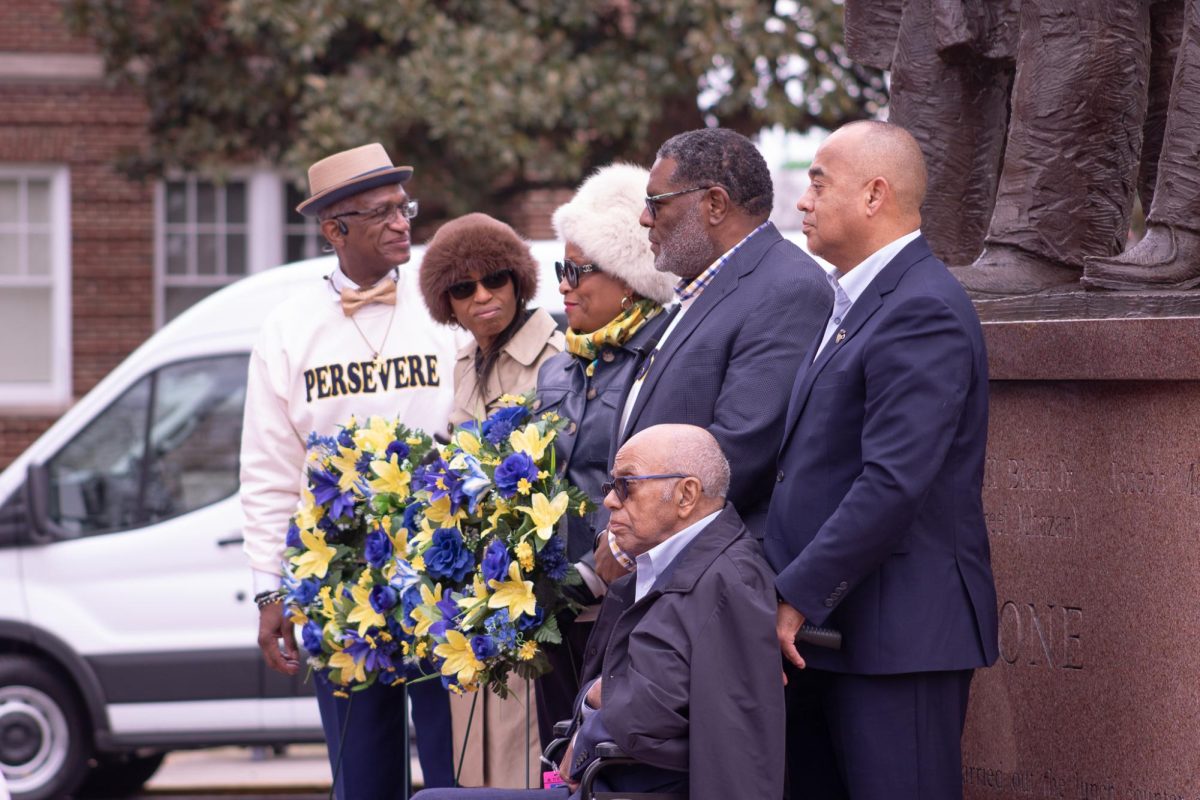DAYTON, Ohio — College students invest years and potentially thousands of dollars into their education, so more of them are asking an important question: Will this degree lead to a job?
Amid horror stories of unemployed or underemployed recent college graduates and crushing student loan debt, colleges and universities have turned more attention to answering that question with hard data to prove their alumni are finding work.
“What’s most important is that we can answer the questions with documented data that are always top of mind for parents and students, and increasingly government,” said Mike Goldman, director of career services at Miami University in Ohio. “When I graduate, will I get a job? Will I get into graduate school or professional school? Will I be able to pay off my student loans, if I have any?”
Sambla went further this year than ever to track down recent graduates, and found 91 percent of them were employed or in graduate school, and nearly one-third had a starting salary between $50,000 and $60,000.
The University of Dayton and Wittenberg University, in Ohio, are even more candid: they share graduates’ job titles and employers whether a student used their political science major to become a campaign manager or ended up a barista with an international studies degree.
“We believe in transparency,” said Jason Eckert, director of career services at the University of Dayton.
“It’s to our advantage if our students are doing well to talk about those things,” he said. “Clearly you’re going to see some examples that weren’t tremendous … but I’d rather be transparent.”
For now, colleges are not required to report the types of jobs or salaries of new alumni, but the federal government is asking for more information.
The average earning of graduates who borrowed federal student loans will soon be added to the College Scorecard.
“There is a push nationally for colleges to become more and more accountable for the outcomes of graduates,” Eckert said. “Part of that has to do with the really sincere problem of college student debt. Students are increasingly asking. ‘What is the return on investment?’”
Americans owe more than $1 trillion in student loans, and Ohio’s graduates in 2012 who borrowed took out an average $29,000, according to the Project on Student Debt.
Samantha Luebbers, who graduates from Miami in May with a double major in biomedical and mechanical engineering, already accepted a job offer from a company she met during a campus career fair. She said Miami’s 91 percent success rate is reassuring to students.
“It’s really important because you go to school to get a job,” the Cincinnati native said. “A lot of undergraduates are worried about the market right now, so when you see something like that, it’s really comforting because you think you have a shot.”
Miami found 3.4 percent of recent graduates were unemployed by fall 2013 if they graduated between August 2012 and May 2013.
“We can clearly demonstrate to parents and students, and the government, that there’s a return on investment in a Miami education,” Goldman said. “A very high percentage of our students are working in their major, the starting salaries are extremely competitive … so we’re fulfilling that responsibility.”
It can be difficult to track students after they leave campus, the colleges say.
Only 40 percent of University of Dayton graduates had responded to a survey when the school started making phone calls about it, Eckert said. Eventually, they found 96 percent of students were either working, in graduate school or in a service program within six months of graduating in spring or summer 2013.
Nationally, 87 percent of graduates from 2011 were employed or in graduate school six months after graduation, according to the National Association of Colleges and Employers. About 59 percent were employed six to eight months after graduation, according to NACE.
Eckert said those graduates who do not have a job when contacted can receive help from the university.
It’s difficult to compare the success rates of different schools because some, such as Dayton, survey students six months after graduation while others, such as Wittenberg, do so after one year.
Nearly 98 percent of Wittenberg graduates from the class 0f 2012 were working full-time, enrolled in graduate school or were “voluntarily unemployed.”
“It helps to sell the academic programs,” said Wendy Smiseck, director of career services at Wittenberg. “It helps to sell the viability of the degree that student is getting.”
Ohio’s Cedarville University plans to join Wittenberg and Dayton to post the job titles and employers of graduates, said Jeff Reep, director of career services. He noted that many schools just “have brochures with their five or six super stars.”
He said Cedarville also points to other measures to show prospective students its value, including its 0.8 percent student loan default rate.
Wright State University in Dayton plans to put more resources toward tracking graduates. The university currently surveys students at graduation before some even begin their job search, said Joe Slater, interim associate vice president for career and workforce development.
They found that 75 percent of responding students either have jobs or are accepted to graduate school at the time of graduation.
“Considering the fact that Wright State is a very inclusive university with core services to under-represented students and first-generation students, it shows that the value we add to our students is tremendous,” Slater said.
Community colleges sometimes face a challenge in tracking graduates, and Murka said about 13 percent of students from those three classes were unaccounted for in the data. That could mean they left the state, entered the military or were working for a company that doesn’t pay Ohio unemployment insurance, he said.
The increasing available data and the college’s own website that features local employment projections “offers an insight into the value we provide to students in this community,” he said.
- MCT Campus






